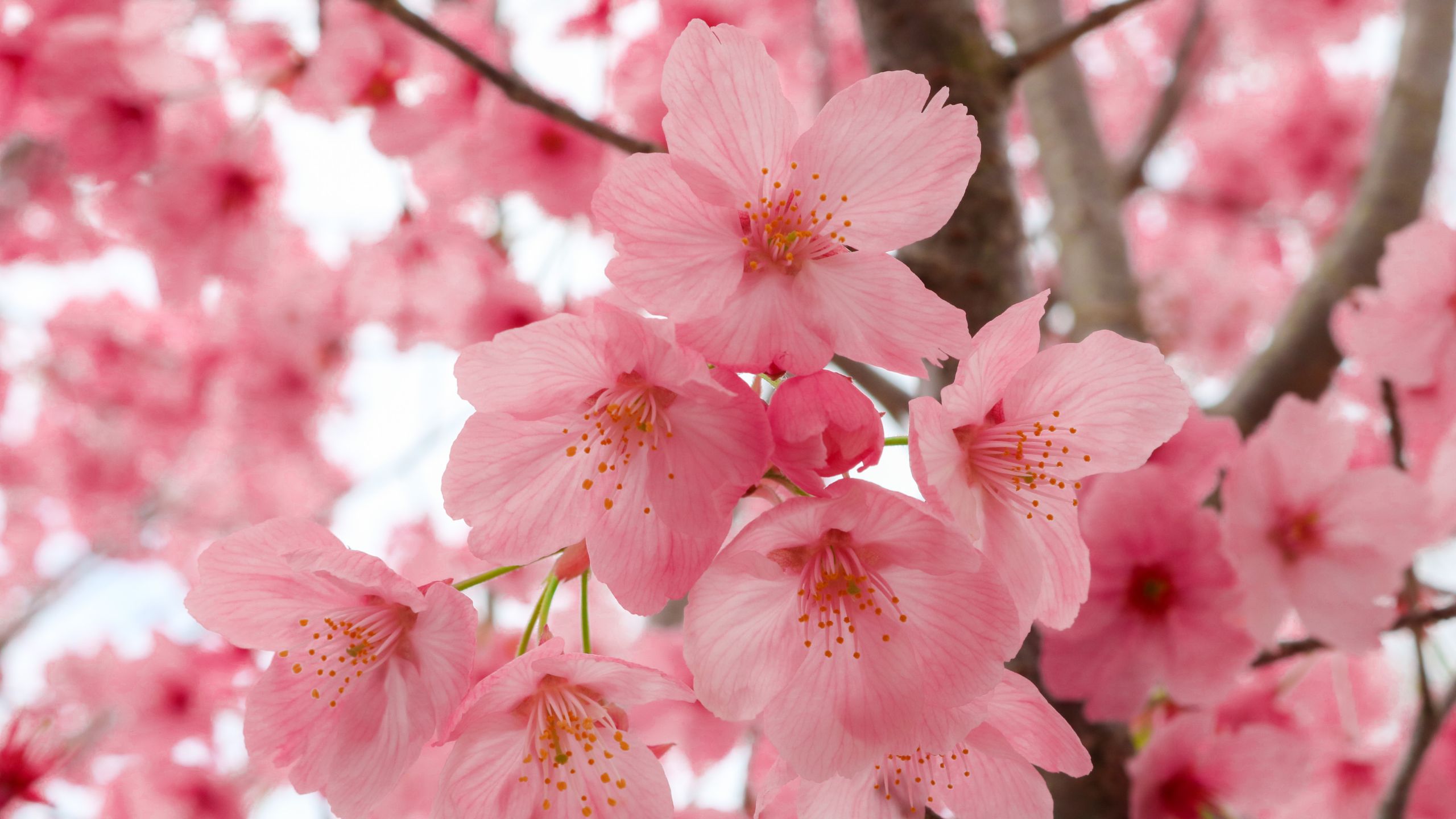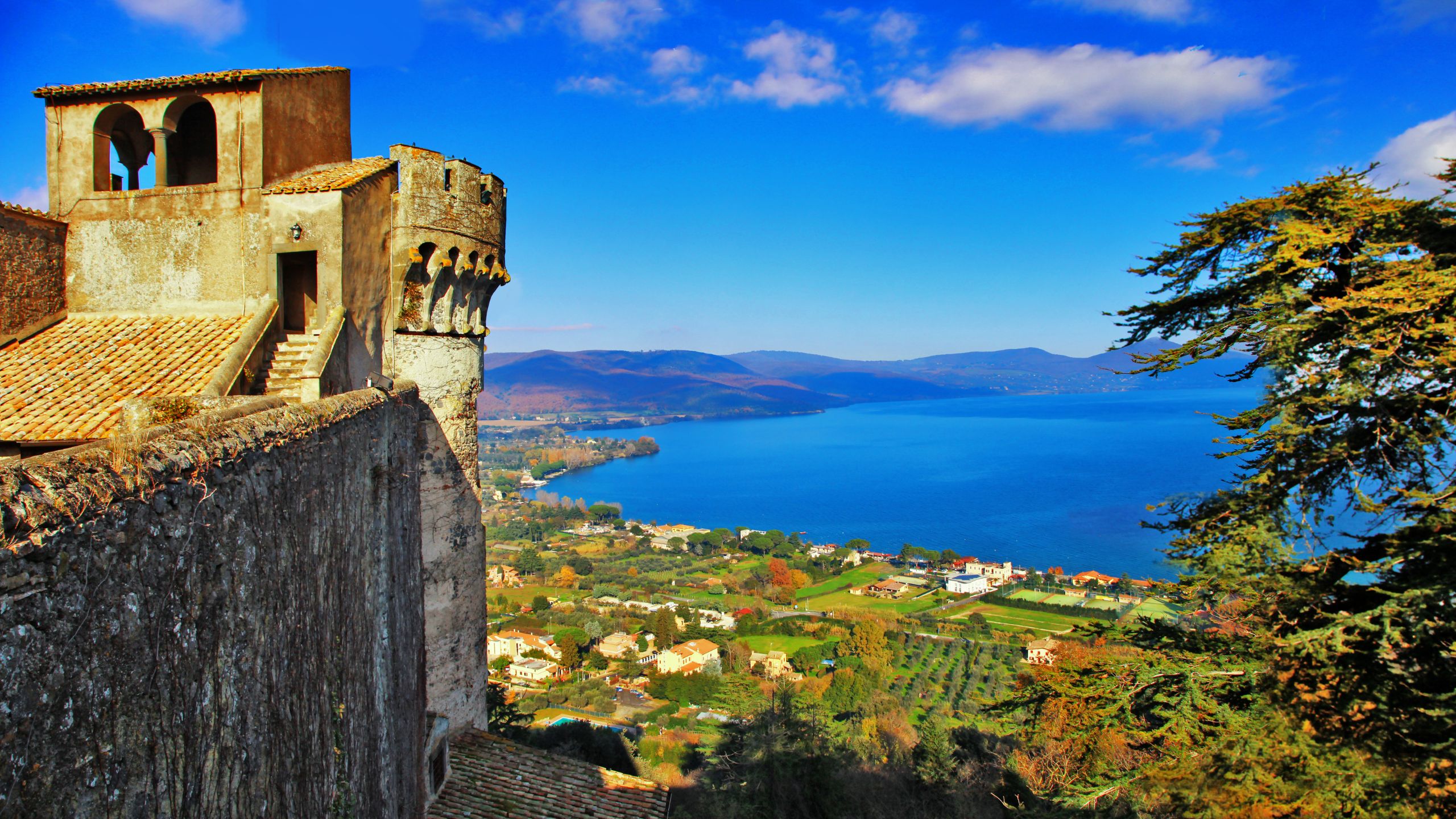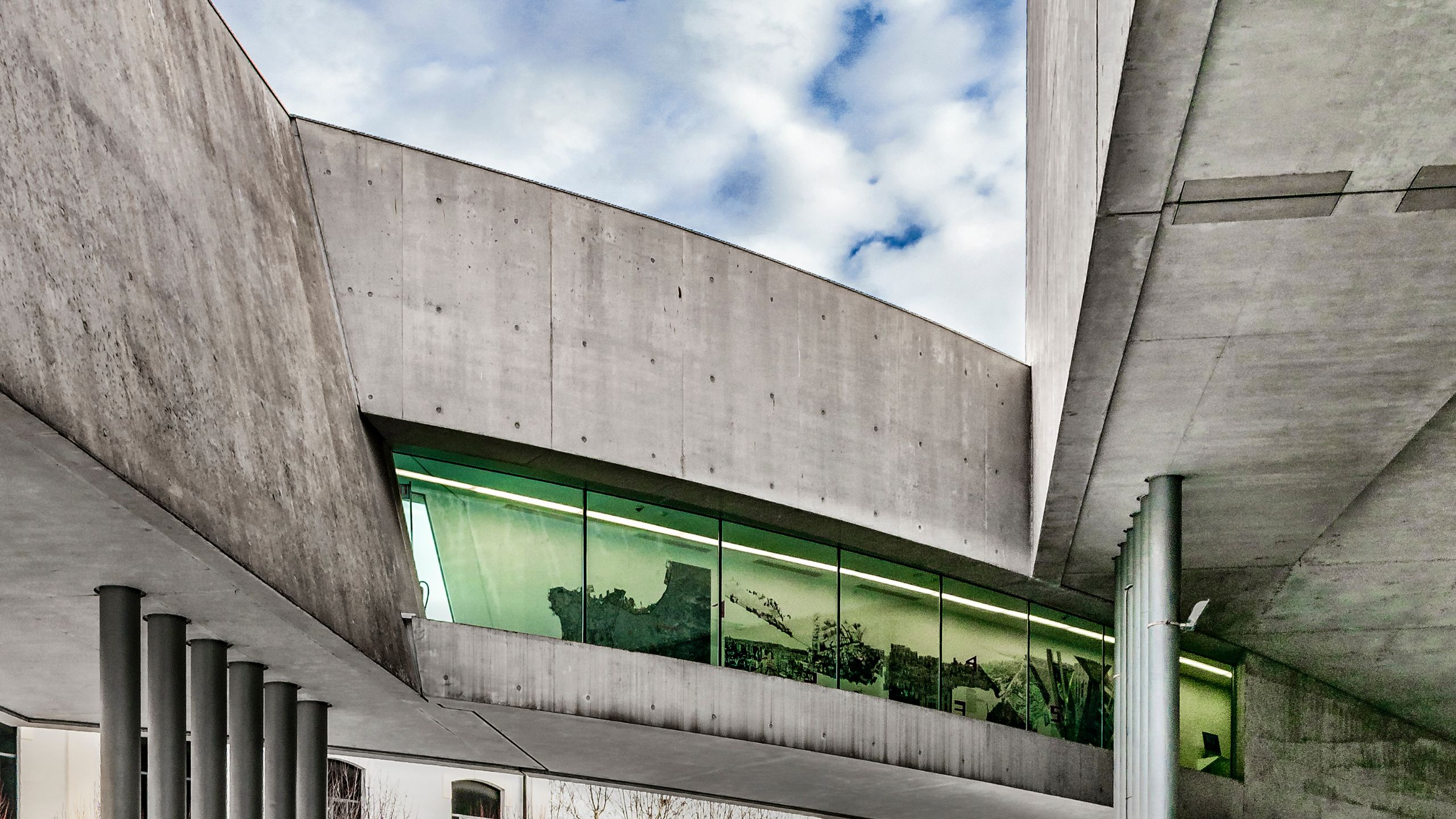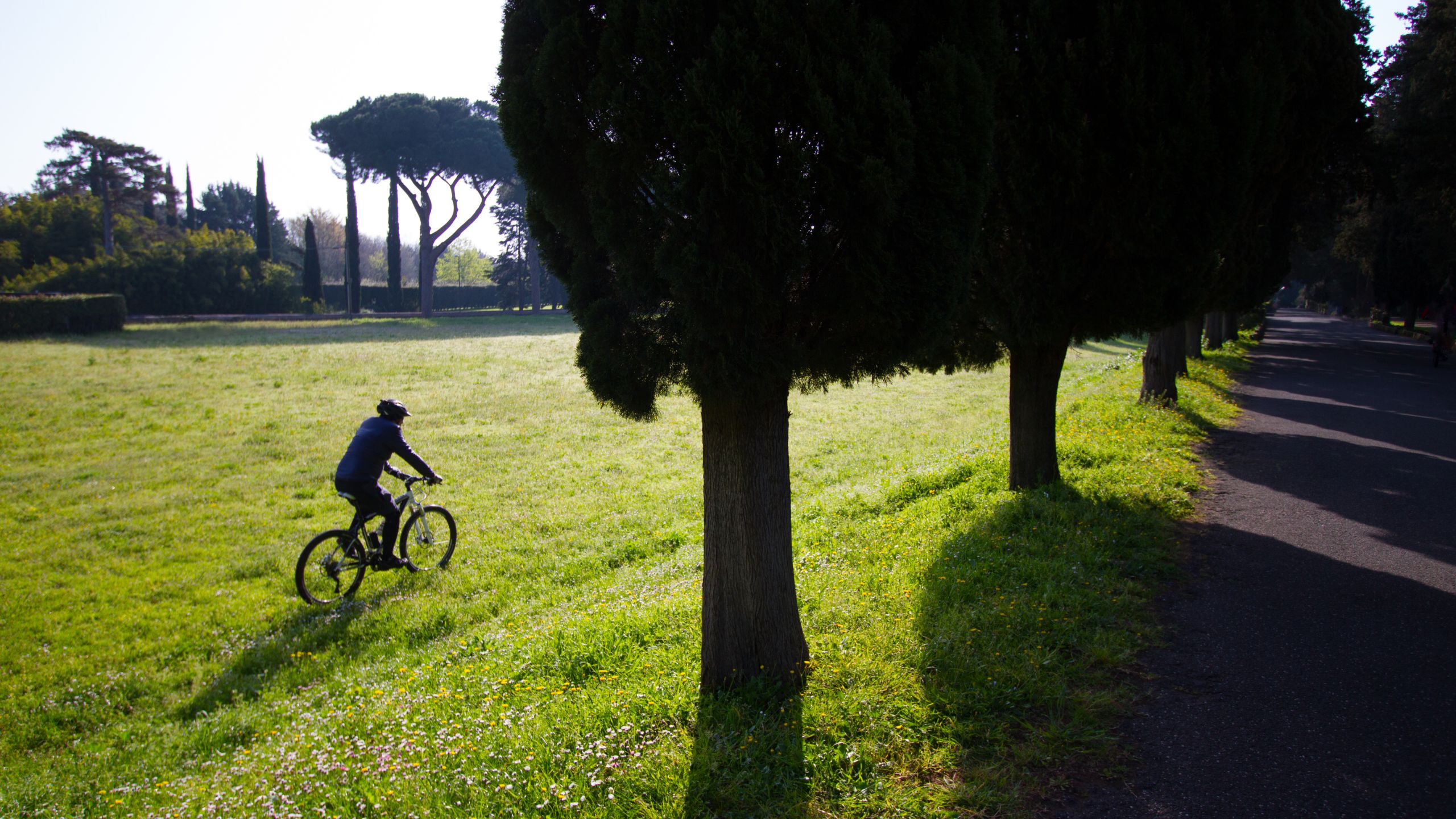What to do in Rome: A Walk Through an Authentic Japanese Garden at the Japanese Cultural Institute
In the heart of the Parioli district, just a short walk from Villa Borghese, lies an unexpected and fascinating corner of Japan: the Japanese Garden of the Japanese Cultural Institute. This place serves as a true cultural bridge between Italy and Japan, offering visitors an immersive experience into Japanese landscape traditions, surrounded by silence, harmony, and natural beauty.
The Japanese Cultural Institute: A Bridge Between Rome and Japan
Founded in 1962, the Japanese Cultural Institute was the first official Japanese government institution abroad dedicated to promoting Japanese culture. Its headquarters, designed by architect Isoya Yoshida, perfectly blends traditional Japanese architecture with modern design, featuring large windows overlooking the garden and spaces designed for exhibitions, events, and conferences.
Inside the institute, visitors can take part in a wide range of cultural activities, including film screenings, language courses, art exhibitions, and traditional Japanese theater performances. However, the most enchanting attraction is undoubtedly the Japanese Garden, a peaceful retreat that allows visitors to experience the essence of Japanese landscape design without leaving Rome.
The Japanese Garden: A Natural Masterpiece
Designed by renowned Japanese landscape architect Ken Nakajima, who also created the Japanese Garden at the Japanese Cultural Institute in Montréal and the Japanese Garden at the Rome Botanical Garden, this green space is the first Japanese garden in Italy designed by a Japanese architect. Covering 1,453 square meters, the garden follows the "kaiyūshikiteien" style, specifically the "sen’en" variant, which refers to a strolling garden with a pond, where visitors can walk along a path recreating Japan’s natural landscapes in miniature.
Key Features of the Garden:
• Koi Pond – A central element in Japanese gardens, symbolizing tranquility and the connection with nature.
• Waterfalls and Streams – Flowing water represents the passage of time and the cycle of life, creating a soothing and meditative atmosphere.
• Stone Bridges (Taikobashi) – Symbolic structures inviting visitors to reflect as they cross the landscape with mindfulness.
• Stone Lanterns (Tōrō) – Placed strategically throughout the garden, these lanterns evoke the spiritual ambiance of Japanese temples and create beautiful light effects at dusk.
• Japanese Flora – The garden features cherry trees, wisteria, irises, and Japanese maples, offering breathtaking seasonal blooms, particularly in spring, when the sakura (cherry blossoms) bloom.
This garden embodies the principles of wabi-sabi, the Japanese philosophy that celebrates the beauty of imperfection and simplicity, creating a space that invites meditation and a deep connection with nature.
What to See at the Japanese Cultural Institute Beyond the Garden
In addition to the stunning Japanese Garden, the Japanese Cultural Institute offers a variety of attractions and activities worth exploring:
• The Japanese Library – Home to over 39,000 volumes in Japanese, English, and Italian, this is the most comprehensive collection on Japanese culture in Italy, featuring books on art, literature, history, religion, manga, and children’s literature.
• Exhibitions and Cultural Events – The institute regularly hosts art exhibitions, conferences, and concerts, covering topics such as Japanese calligraphy (shodō), the tea ceremony (sadō), and ukiyo-e woodblock prints.
• Film Screenings – Fans of Japanese cinema can enjoy screenings of classic films and animations, featuring directors like Akira Kurosawa and Studio Ghibli productions.
• Japanese Cultural Workshops – Throughout the year, visitors can join origami lessons, ikebana (flower arrangement), martial arts demonstrations, and traditional nō and kabuki theater workshops.
How to Visit the Japanese Garden: Everything You Need to Know
Visiting the Japanese Garden at the Japanese Cultural Institute is a unique experience, but access is limited and requires advance booking. Guided tours are available only on specific dates throughout the year, ensuring the preservation of the garden and allowing visitors to appreciate every detail through expert explanations.
Admission is free, but places are limited, and demand is particularly high in spring, when the sakura cherry blossoms bloom, creating a breathtaking natural spectacle. This is the most popular season, as it coincides with the Japanese tradition of hanami, the contemplation of cherry blossoms, a rare and magical moment that completely transforms the atmosphere of the garden.
The garden is located within the Japanese Cultural Institute, just a few steps from Villa Borghese. The Parioli district is easily accessible by public transportation, making it a convenient and must-visit destination. Guided tours take place on specific days and times, which vary depending on the season.
A Hidden Corner of Japan in the Heart of Rome
The Japanese Cultural Institute and its Japanese Garden offer one of the most fascinating experiences for those looking to explore Japanese culture and aesthetics without leaving Rome.
This walk through stone bridges, flowing streams, and blooming trees provides moments of peace and reflection, making it the perfect place to relax, take stunning photographs, and immerse yourself in nature’s beauty.If you’re in Rome and want to experience something unique and away from the usual tourist spots, take the opportunity to visit this hidden corner of Japan in the Eternal City. It’s a one-of-a-kind experience to dive into Japanese tradition and be captivated by the magic of an authentic Japanese garden.




